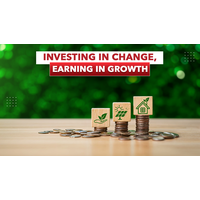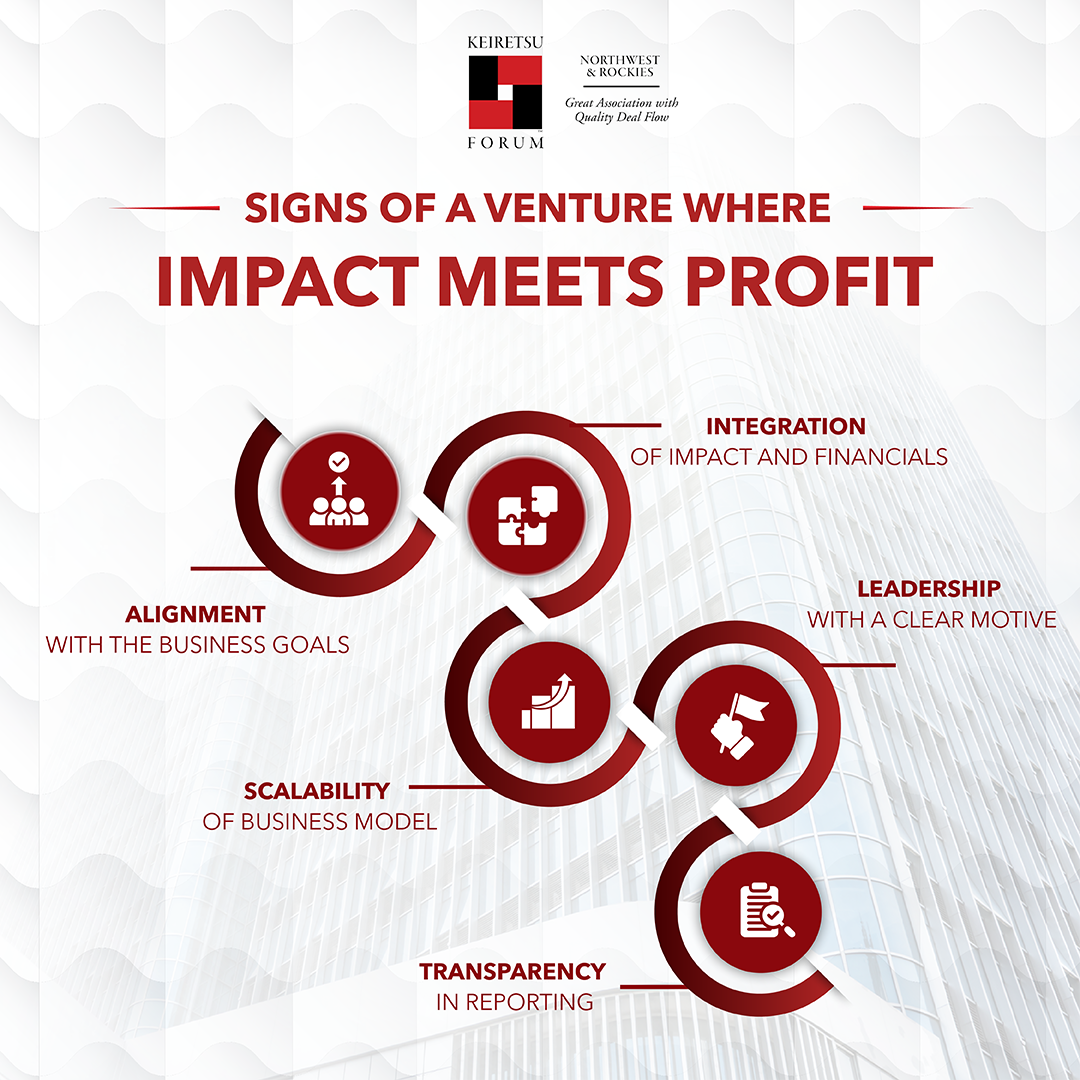
You’ve seen enough pitch decks to know how most stories go — a great product, a bold market, and the promise of a strong ROI. But what if your capital could do more than just multiply? What if it could change lives, strengthen communities, or protect the planet, and still deliver returns that stand shoulder to shoulder with traditional deals?
If you’ve ever wondered whether “impact investing” means sacrificing profits, it’s time to reconsider. Across the U.S., more angel investors like you are backing early-stage companies that merge purpose with profitability, and the numbers prove it’s working. The truth is, investing with intent no longer means compromising on performance. It means expanding what performance really means.
Impact & Returns – Here’s What The Numbers Say
Here are some numbers that suggest this isn’t just altruistic wishful thinking:
- A global survey of impact investing statistics reports that 75% of impact investors say their investments met or exceeded their financial expectations.
- Impact funds have averaged returns in the ballpark of 8-12% annually over recent years, closely tracking or in some cases matching “traditional” funds without impact mandates.
- A key benchmark study (CA-GIIN) found that impact private equity funds had mean returns of about 5.8% IRR, with top-quartile funds exceeding 9.7%.
These numbers tell us two things: first, that “impact” does not necessarily mean “lower returns”; and second, that the opportunity cost of insisting on impact is often small if you know how to pick and screen well.
The Challenge: Why Many Impact Deals Fall Short
While the numbers are optimistic, you need to screen for companies that are engineered to succeed on both fronts. Here are a few things you must look out for:
- Mission drift: Leaders or boards who start with impact but gradually deprioritize or poorly integrate impact metrics.
- Poor measurement or fuzzy metrics: If impact is vague or unmeasurable, it can become greenwashing or just an afterthought.
- Capital structure or exit mismatches: Companies might attract subsidies or grants but may lack clear profitability paths or viable exit strategies.
- Trade-offs in sectors: Some impact sectors (e.g., certain types of non-profit or social services) have structural constraints on revenue, margins, or scalability.
So screening well is crucial. The proper deal or fund will have both impact and financial discipline baked into its business model.
How to Screen for Companies That Do Both
Start with clarity. Look for companies that can clearly define the impact they are creating and how they measure it. Metrics should be quantifiable and verifiable, not vague. Frameworks such as IRIS+, GRI, or the UN Sustainable Development Goals (SDGs) can provide useful benchmarks.
Next, assess whether impact and revenue are integrated. The company’s core product or service should be the primary driver of positive change, rather than an add-on initiative or a donation model. For example, a clean-energy business that profits by replacing diesel generators with solar solutions has impact baked into its profit engine.
Evaluate the scalability of that model. Does it work beyond a pilot phase? Are the unit economics sustainable at higher volumes? Companies that can expand without losing mission integrity are rare and valuable.
Take a close look at the founding team. Do they have both the heart and the head for impact? Visionary entrepreneurs pair purpose-driven conviction with a deep understanding of market dynamics, operations, and finance.
Finally, don’t overlook governance and transparency. The most credible impact companies are those that report both financial and impact results regularly, ideally verified by third-party audits. This not only keeps management accountable but also gives investors visibility into whether the company is walking its talk.
In short, screen for alignment, integration, scale, leadership, and transparency. The sweet spot lies where mission meets margin.
Sectors Where Impact Meets Profitability
While each sector has its own dynamics, history shows specific patterns:
- Clean technologies & renewable energy often offer compelling multiples, especially where policy supports (tax credits, carbon credits) reduce risk and boost margin.
- Healthcare, education, and financial inclusion companies that use technology or scalable business models (telemedicine, e-learning, digital banking) tend to combine high impact and strong growth once they’ve found product-market fit.
- Hybrid models - for example, a social enterprise that earns part revenue, part grants/donations can provide stability early on, while transitioning to revenue dominance. But the transitional risk needs to be managed.
The Bottom Line: Why You Should Lean In
Here’s the truth: aligning impact and financial performance isn’t charity, it’s strategy. Impact-aligned businesses aren’t asking for concessions; they’re offering access to the future of business.
When you invest in companies that build purpose into their core, you’re future-proofing your portfolio. These ventures tend to outperform because they attract customers who care, employees who stay, and partners who amplify their reach.
By positioning yourself as an investor who values both outcomes, you also unlock exclusive deal flow. Mission-driven entrepreneurs seek capital and expertise from angels who share their vision. That gives you access to opportunities that traditional investors might miss.
And don’t forget the risk factor. As regulations tighten around carbon emissions, supply chains, and labor ethics, companies that already meet high-impact standards will be the ones best positioned to scale without disruption. Aligning with them today means getting ahead of tomorrow’s market reality.


